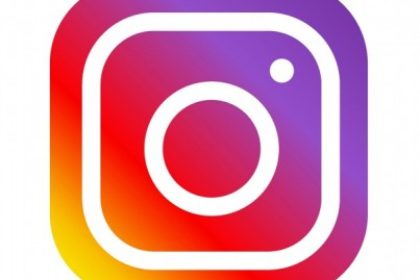
How to get Started on Instagram
By LERN Consultants
Instagram has been described as “Twitter with Pictures.” Although Instagram does not have the same limitations for text as Twitter, the description is apt. Instagram provides a platform to tell your story with pictures, which, in today’s world of social media, is very important.
A lot is said about how much more effective photos and videos are than text when communicating about your brand and about what you do. Our brain’s are wired to attend to visual content, so Instagram is becoming a key weapon in the marketing arsenal.
Here are some important facts about the emergence of Instagram as a marketing tool:
- We know engagement is what it is about. Although Instagram has fewer users than Facebook, it has the highest engagement rate of all the major social media platforms— about 6 times higher than the average engagement rate on Facebook, according to Kahlid Salch, posting at https://www.invespcro.com/blog/social-media-engagement/.
- Growth of Facebook has slowed, and the demographics of its users have changed. It has a much higher level of use among older adults than other platforms, and some younger users have left Facebook altogether, while Instagram has a firm base of younger users between the ages of 18 and 35. According to research by Trackmaven, more than half (53%) of young adults who use the Internet also have Instagram accounts. This is a dream demographic for many marketers, making Instagram a platform to develop.
- Further, information from Pew research finds that Instagram has an unequalled ratio of followers to interactions—30 times that of other major social networks, making it poised as the only platform positioned to grow and significantly increase engagement and interaction.
With these points about Instagram in mind, here are some ideas to help you get started on Instagram or to improve your Instagram account’s performance:
- Set up your account. Choose a name that clearly identifies you, and use the 150 characters you are given to create a compelling description for your account. Include your web address, too. People can click directly to your web page from your Instagram page.
- Post your profile picture. This should be something that identifies you to your audience. In most cases, your logo is the best choice.
- Check out the competition. This is always important, but you can give your account a boost if you go to Instagram and find other organizations that are similar to yours. (For example, go to the search field and enter #continuing education, or #summercamp, or #enrichmentlearning or #contracttraining). When you have identified some organizations who are similar to you, search them and find some that have robust followings and good interaction with their followers. Check out the kinds of posts they are making. . .then you will have an idea of what is working with people who are interested in the topics you want to promote. Of course, you don’t want to post exactly the same things, but you will know what people respond to. Even if you want to distinguish yourself from the pack, you will want to know what the competition is doing.
- Hashtags work. Posts with at least one hashtag get more than a 12% greater engagement rate than posts with no hashtag. Hashtags are the best way to get your post recognized by others and to develop new followers for your account. It is important, however, to use hashtags strategically. Instagram allow up to 30, but the research shows that the optimum number is around five. If there are fewer, the post generates less engagement, and if there are too many, the post is seen as spam.
- Know your audience. Analyze the metrics of your site. There are industry benchmarks to guide you, but you will need to key in to the behaviors of your followers. For example, across all industries, Tuesday’s and Thursdays show the highest engagement numbers for Instagram. You will need to look at your own analytics to see if your patterns are different from this. For example, according to Sprout Social Media, the best time to post on Instagram for nonprofits is Friday at 2 p.m.. Other notably high engagement times include Tuesday at 3 and 9 p.m., Wednesday 3 to 4 p.m., Thursday 2 to 3 p.m. and Friday at 10 a.m. The safest times to post are weekdays from noon to 5 p.m.
- Follow other accounts. Identify other accounts that you want to connect with and follow them. These can be accounts with services similar to yours or accounts of people who may be interested in your services. Many of them will follow you back, and you will also get good intelligence about their interests through their posts.
- Let your audience know you are on Instagram. Send out an email asking people to follow you. Post the information through your other social media accounts.
- Schedule your social media posts. LERN strongly recommends that you schedule regular posts to your social media pages. Regular and consistent posting helps increase followers and engagement. For example, experts recommend at least daily posting on Instagram, or if that is not possible at least frequent and consistent posting for the best result. While you cannot schedule posts through Instagram as you can on Facebook, there are apps you can use to help you set up scheduled posts. One that is easy to use and which we have found to work well is Buffer, but there are others you can explore.